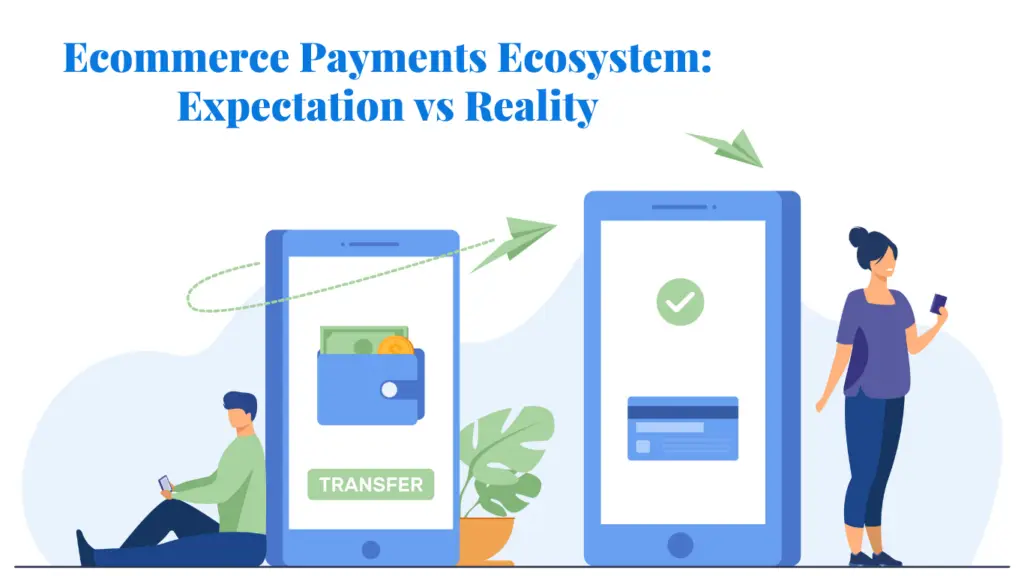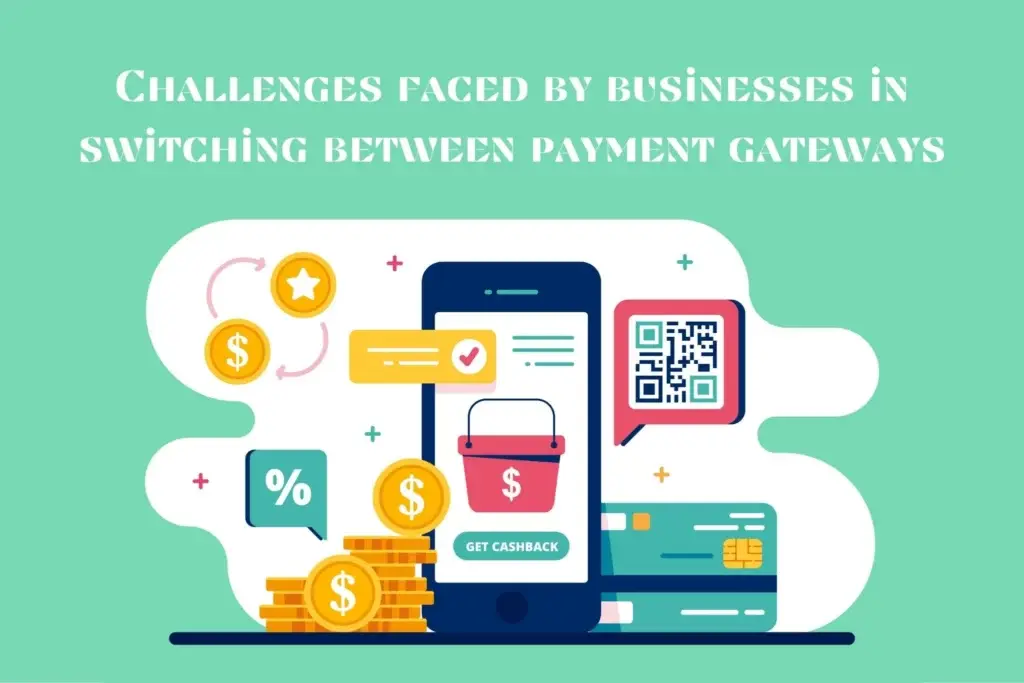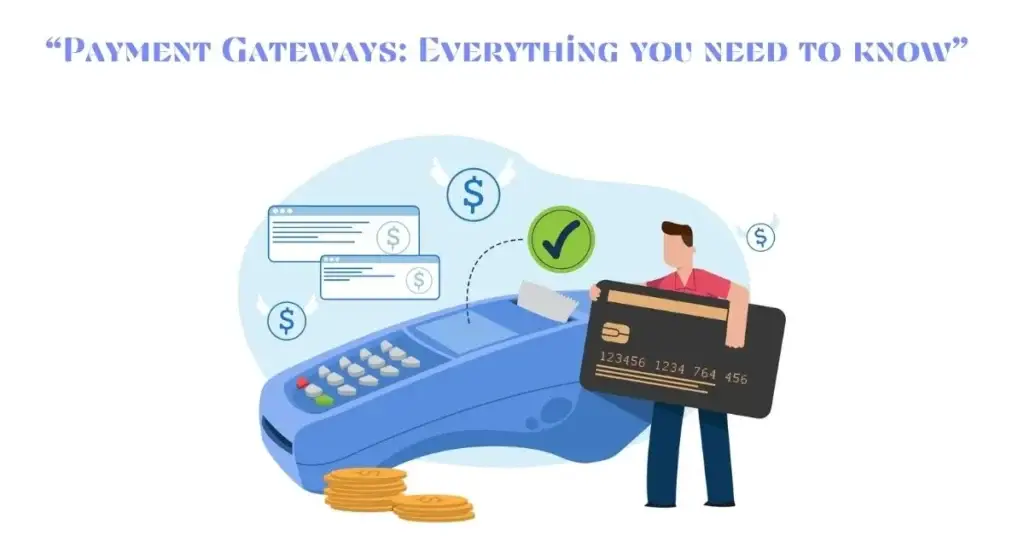Introduction
In an era where digital transactions have become the norm, ensuring the security of payment data is paramount. As cyber threats continue to evolve, businesses and consumers alike are turning to advanced security measures to protect sensitive information. In this article, we’ll explore three key security measures – biometric authentication, tokenization, and encryption – and their role in safeguarding digital payments & transactions.
Biometric Authentication:
Biometric authentication utilizes unique physical or behavioral characteristics, such as fingerprints, facial features, or voice patterns, to verify the identity of users. Unlike traditional authentication methods like passwords or PINs, biometric authentication offers a higher level of security as it is based on individual traits that are difficult to replicate.
By integrating biometric authentication into digital payments systems, businesses can enhance security and streamline the authentication process for users. Whether it’s using a fingerprint scanner on a mobile device or facial recognition technology at a point-of-sale terminal, biometric authentication provides a convenient and secure way for users to authorize transactions.
Tokenization:
Tokenization is a method of substituting sensitive data, such as credit card numbers, with unique tokens that have no intrinsic value. These tokens are randomly generated and are meaningless to anyone who intercepts them, making them virtually impossible to decipher.
When a user makes digital payments, their payment card information is replaced with a token, which is then transmitted securely to the payment processor. This ensures that the user’s sensitive data is never exposed during the transaction process, reducing the risk of data breaches and fraud.
Encryption:
Encryption is the process of encoding data in such a way that only authorized parties can access it. In digital payments, encryption is used to protect sensitive information, such as credit card numbers and personal details, during transmission between the user’s device and the payment processor.
Advanced encryption algorithms scramble the data into ciphertext, which can only be decrypted using a unique key. This ensures that even if intercepted by cybercriminals, the data remains unreadable and secure.
Conclusion:
In an increasingly digital world, security is paramount in ensuring the trust and confidence of consumers in digital payment systems. Biometric authentication, tokenization, and encryption are three key security measures that play a crucial role in safeguarding digital transactions.
By implementing robust security measures such as biometric authentication, tokenization, and encryption, businesses can mitigate the risk of data breaches, fraud, and unauthorized access, providing peace of mind to both businesses and consumers alike.
Call to Action:
Ready to enhance the security of your digital payment trends & systems? Partner with Payomatix and leverage our cutting-edge security solutions to safeguard your transactions. Choose Payomatix as your trusted payment partner and prioritize security in your digital payments strategy. Sign up today and experience the peace of mind that comes with advanced security measures.





















